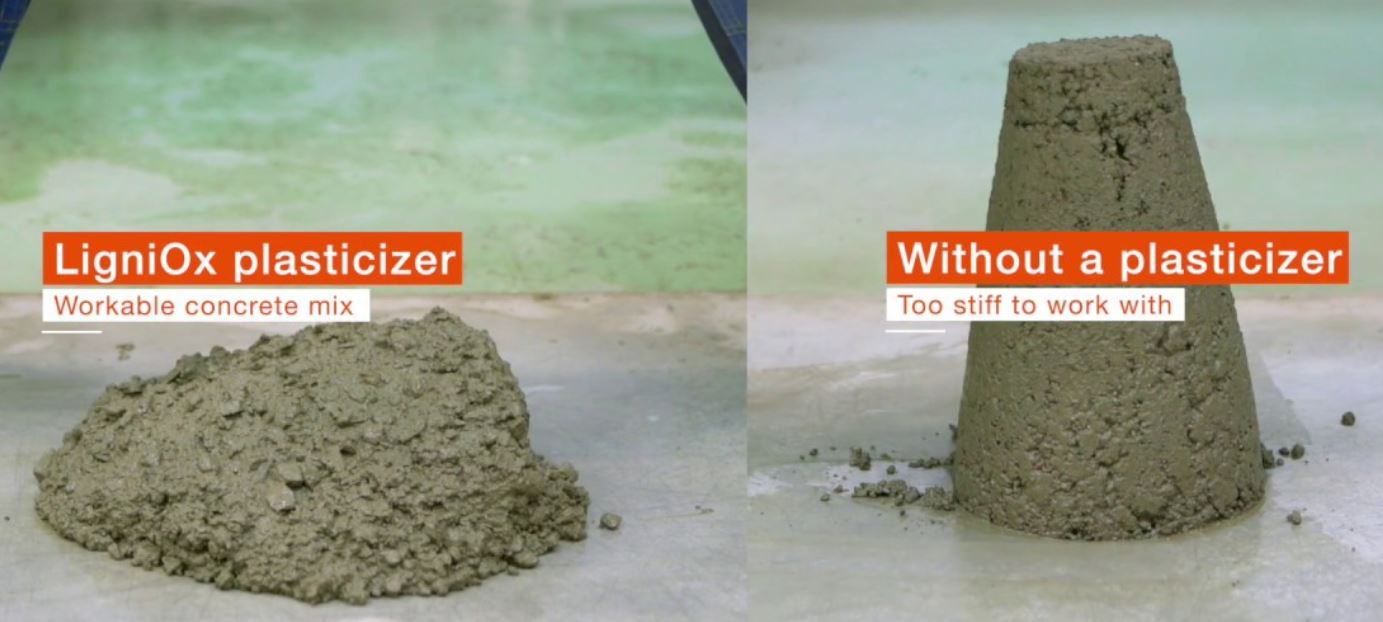The Dark Side of Plasticizers in Concrete
Plasticizers have long been a staple in the construction industry, particularly in the formulation of concrete. These chemical additives are use to improve the workability and durability of concrete, making it easier to handle and reducing water content.
While plasticizers have undoubtedly revolutionize the construction industry, there is a dark side to their use that is often overlook. In this article, we will explore the environmental and health concerns associated with plasticizers in concrete.
Plasticizers,
also known as water-reducing agents, work by dispersing cement particles and reducing the water content in a concrete mix. This results in a more fluid and workable concrete mixture, which is highly desirable in construction. However, the most commonly used plasticizers are based on phthalates, a group of chemicals that have raised significant environmental and health concerns.
One of the main issues with phthalate-based plasticizers is their impact on the environment. Phthalates are not chemically bound to the concrete; they are add to the mix and can potentially leach out over time. When concrete containing phthalate-based plasticizers ends up in landfills or other disposal sites, these chemicals can leach into the soil and water, posing a threat to the environment.
The environmental concerns associated with phthalates include their potential to contaminate groundwater and soil, affecting plant and animal life. Additionally, some phthalates have been classified as endocrine disruptors, meaning they can interfere with hormonal systems in humans and wildlife. This has raised concerns about their impact on reproductive and developmental health in both humans and aquatic organisms.
Moreover, the production :
of phthalates, which are derive from petrochemicals, contributes to the depletion of fossil fuel resources and generates greenhouse gas emissions. Given the growing emphasis on sustainability and reducing the carbon footprint of construction, the use of phthalate-based plasticizers becomes increasingly problematic.
In addition to their environmental impact, there are also health concerns associated with the use of phthalates in concrete.
Workers in the construction industry:
who are expose to phthalate-base plasticizers during the mixing and pouring of concrete may inhale or come into direct contact with these chemicals. Research has shown that some phthalates can have adverse health effects, including respiratory irritation, allergies, and potentially more severe health issues.
Phthalates have been link;
to various health problems, including asthma, reduced lung function, and an increased risk of certain cancers. Furthermore, there is growing evidence of their potential effects on the reproductive and endocrine systems. Some studies suggest that exposure to phthalates may be associate with hormonal imbalances, particularly in men, which could lead to fertility issues.
To mitigate the dark side of plasticizers in concrete, there are alternative approaches and solutions that the construction industry can consider:
Non-phthalate plasticizers:
Manufacturers are developing non-phthalate-based plasticizers that are less harmful to the environment and human health. These alternatives are designe to provide the same level of workability and performance without the drawbacks of phthalates.
Sustainable concrete formulations:
A shift towards more sustainable concrete formulations, such as high-performance concrete with reduced water content and improved particle packing, can reduce the reliance on plasticizers.
Waste reduction and recycling:
Efforts to reduce concrete waste and promote recycling can minimize the environmental impact of disposing of concrete containing plasticizers.
Regulatory changes and industry standards:
Stricter regulations and industry standards can encourage the use of safer, more environmentally friendly alternatives and promote responsible practices in the construction sector.
In conclusion
while plasticizers have undeniably improved the construction industry’s efficiency and performance, there is a dark side to.
their use, particularly when phthalate-based plasticizers are involv. The environmental and health concerns associate with these chemicals should not be underestimate.
As we move towards a more sustainable and environmentally conscious future, the construction industry must actively seek alternative solutions to mitigate the negative impacts of plasticizers in concrete.
By embracing non-phthalate options and implementing responsible practices, we can ensure that concrete construction is both safe and eco-friendly.














